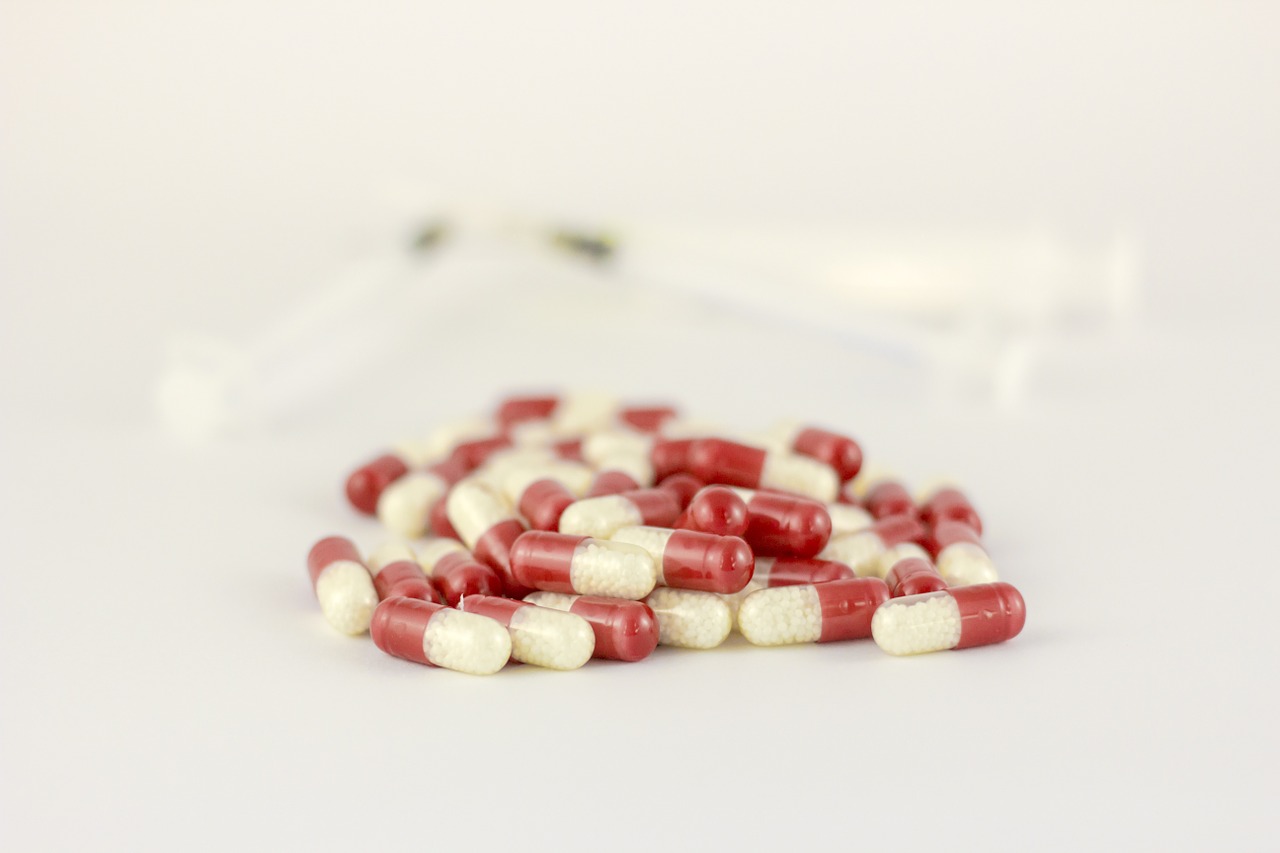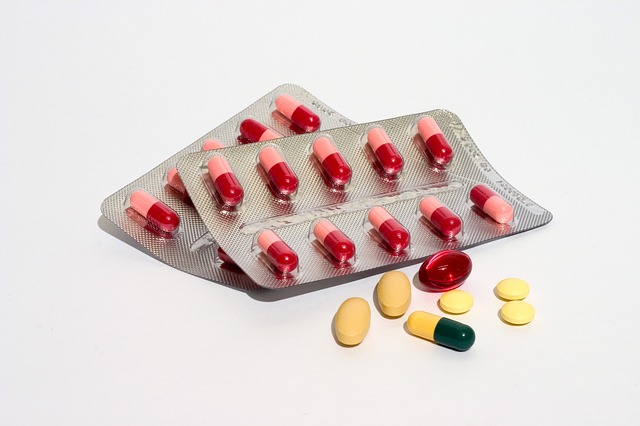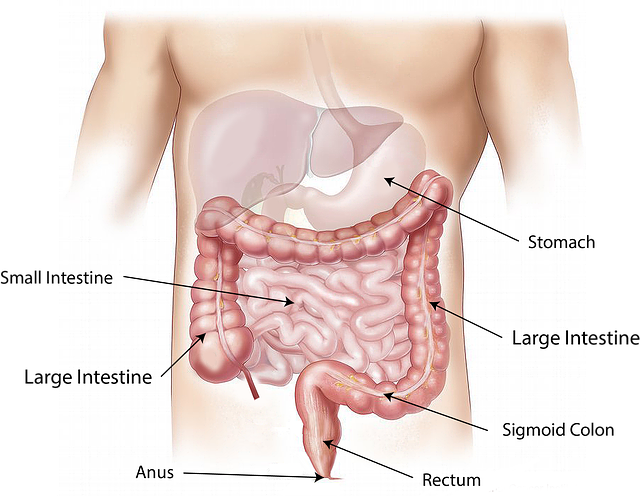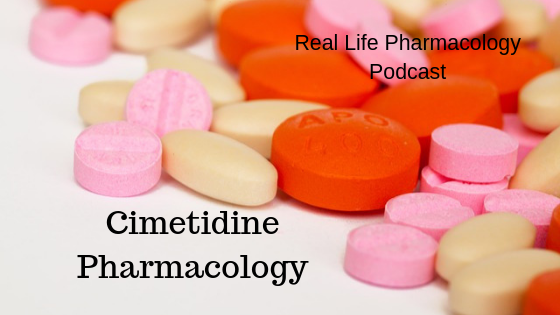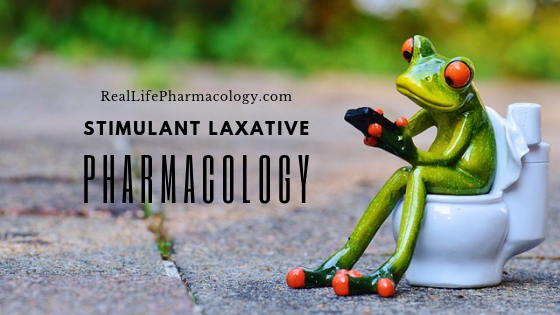Podcast: Play in new window | Download (Duration: 14:04 — 19.3MB) | Embed
On this episode, I cover pantoprazole pharmacology, adverse effects, and drug interactions.
Be sure to check out our free Top 200 study guide – a 31 page PDF that is yours for FREE!
Support The Podcast and Check Out These Amazing Resources!
Flippin’ Pharmacology Flash Cards
Pharmacology Crossword Puzzle Book (Over 2,000 Clues/Questions!)
Meded101 Guide to Nursing Pharmacology (Amazon Highly Rated)
Guide to Drug Food Interactions (Amazon Best Seller)
Drug Interactions In Primary Care (Amazing Resource for Practicing Clinicians)
Perils of Polypharmacy (Great Resource for Those Who Work in Geriatrics)
